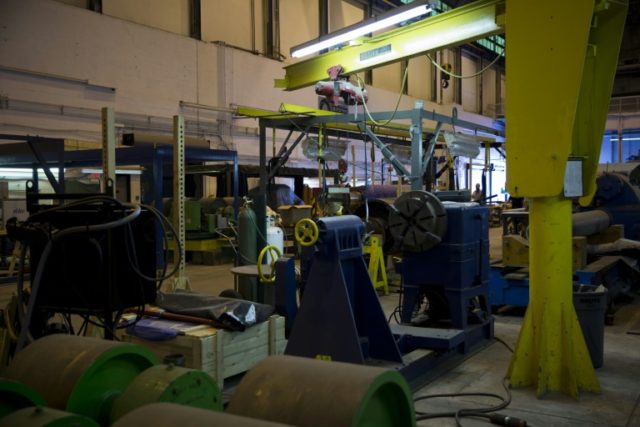Washington (AFP) – US manufacturing posted the third straight month of faster expansion in November as most industries surveyed reported gains, pointing to a growing economy, the Institute for Supply Management said Thursday.
The ISM manufacturing purchasing-managers index rose 1.3 points from October to 53.2 percent, with 11 of the 18 industries surveyed reporting growth, led by “miscellaneous manufacturing” and petroleum and coal.
A PMI reading above 50 indicates growth and the gain was well above the consensus forecast of 52.1 percent.
The gain was fueled by a 1.9-point jump in the production index, and a 0.9-point rise in new orders. Both of those components have now been above 50 for three consecutive months.
However, the employment component slipped to 52.3 from 52.9 in the prior month, as half the industries surveyed said employment had declined in the month.
“Comments from the panel cite increasing demand, some tightness in the labor market and plans to reduce inventory by the end of the year,” Bradley Holcomb, chair of the ISM Manufacturing Business Survey Committee, said in a statement.
Electrical equipment and appliances, and transportation equipment were among the six industries reporting contraction in the month.
Among the comments received, one person surveyed in miscellaneous manufacturing said, “Business conditions are good. Labor market is tightening such that it is difficult to staff to completely fulfill production demand.”
Separately, IHS Markit also reported growth in the manufacturing sector, with its PMI index again hitting its best reading of the year, rising to 54.1 from 53.4 in October, the fastest increase in 20 months.
The impressive growth in production and orders is “fueled predominantly by rising domestic demand for goods from both consumers and businesses,” as the strong dollar is hurting exports, said Chris Williamson, IHS Markit chief business economist.
However, he said, “the flip-side of the exchange rate appreciation is lower import costs, which have in turn helped to ameliorate the impact of rising global commodity prices compared to other countries.”
The report also highlighted a moderate increase in manufacturing payrolls, which it said is a reflection of improved confidence in the business outlook.

COMMENTS
Please let us know if you're having issues with commenting.